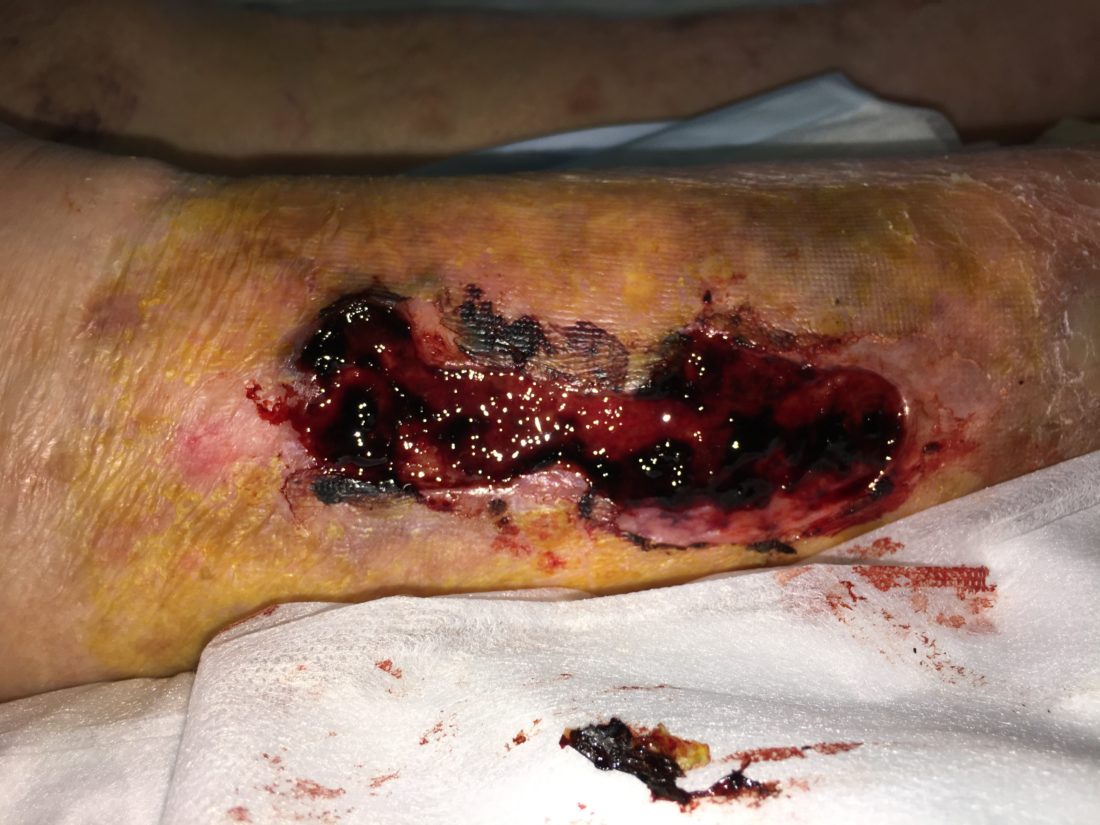Wound hygiene – aggressive cleansing
Christine Murphy and her colleagues have recently published a new international consensus document which addresses the concept of wound hygiene for hard-to-heal wounds. The presumption is that the majority of stalled wounds will contain biofilm. It is suggested that disrupting biofilms via aggressive wound cleansing prior to the use of antimicrobials is an essential requirement of every clinician dressing a chronic wound. This action is necessary at each dressing change until the wound demonstrates that repair is underway. It is also recommended that aggressive wound cleansing include the wound base, its edges and a broad area of the peri-wound skin.
For more information refer to : Murphy C, Atkin L, Swanson T, Tachi M, Tan YK, Vega de Ceniga M, Weir D, Wolcott R. International consensus document. Defying hard-to-heal wounds with an early antibiofilm intervention strategy: wound hygiene. J Wound Care 2020;29(Suppl 3b):S1-28



